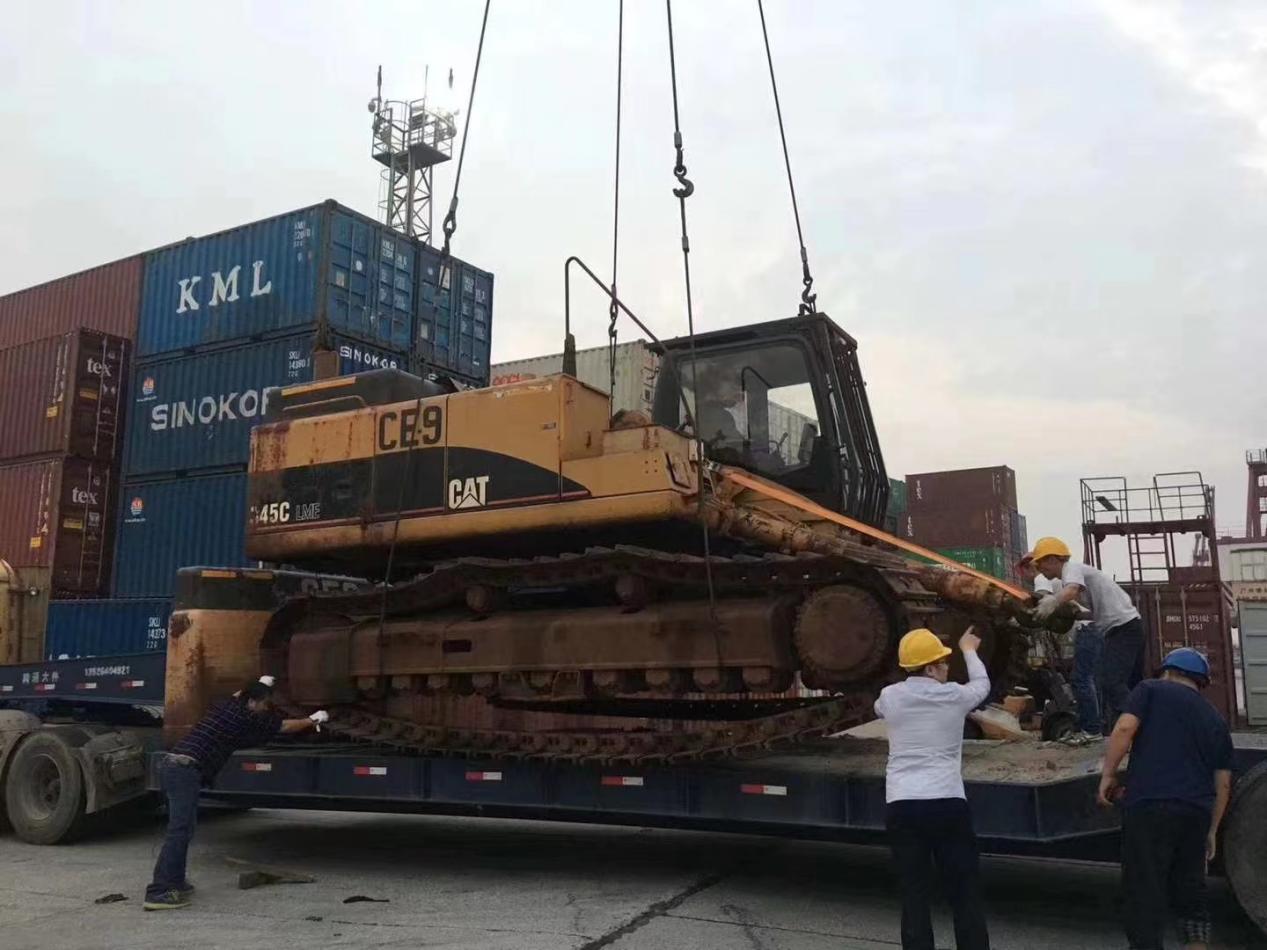

time:2022-10-17 15:19
The imported goods need to be coded and classified according to the specific conditions of the goods, and the regulatory conditions, tax rates and other information of the goods can be known through the accurate customs codes after classification.
This case is the import of used equipment. We need to confirm whether the equipment needs to be inspected and quarantined before shipment, whether it needs to apply for an automatic import license, whether it involves "key used mechanical and electrical licenses", etc. The difficulties involved in customs clearance at domestic ports are price review and inspection.
Imported goods: used excavator
Quantity: 1 set
Country of origin: Japan
Transportation mode: water transportation
Import route: Japan - Guangzhou
Service: door-to-door (foreign loading - whole journey transportation - import customs clearance)
Excavators, also known as excavation machinery, also known as excavators, are earth moving machines that use buckets to excavate materials higher or lower than the bearing surface and load them into transport vehicles or unload them to the stockyard. Imported excavator brands include Sumitomo, Komatsu, Caterpillar, Hitachi, Kato, Kobelco, Volvo, Liebherr, Case and Terex
Many enterprises did not handle the relevant import documents in advance before importing old equipment, and rushed to ship the old equipment to China, which was reminded by the customs when the goods arrived at the port for declaration. The documents were incomplete and could not be declared, resulting in a large number of warehouse rent, container rent and customs fines at the dock shipping company. What is more serious is that the enterprise cannot deliver the goods, resulting in huge liquidated damages.
To avoid the above problems, we need to sort out the materials in advance and prepare for customs declaration.
Difficulties:
1. The name of the equipment is lack of nameplate, and the nameplate shall include: name, model, specification, ex factory date, manufacturer and other words;
2. Land transportation in Japan;
3. Domestic customs inspection and price verification;
4. The inspection and quarantine before shipment is not passed because it is relatively old and needs to be cleaned and derusted;
5. When installing the cabinet, put the nameplate at a position where it is easy to see, so as to avoid the need to unpack for inspection during customs clearance and inspection, which will result in unpacking costs.
After the shipment of goods is completed, the vehicle fleet can be arranged to bring the goods to the port for export customs declaration and then to Guangzhou port by sea.
After the goods arrive at the port, the materials shall be reviewed again, and the declaration shall be made after confirming that the materials are correct. Because the inspection probability of second-hand equipment is high, we will also arrange professional personnel to go to the site to cooperate with the inspection and request the inspection at the customs.
The customs for the import of used equipment is easy to check the price, so please prepare the price review materials at the early stage of declaration so as to save customs clearance time in case of subsequent price review. The price review materials to be prepared include: original invoice, proof of payment in foreign exchange, emails, chat records, screenshots of website prices, explanations, etc.
Before customs inspection, the list of equipment loaded in containers shall be sorted out again, and relevant documents shall be sorted out, so as to solve the problems of customs inspection in a short time.
After the equipment is cleared, the enterprise territory needs to conduct commodity inspection and transfer.
